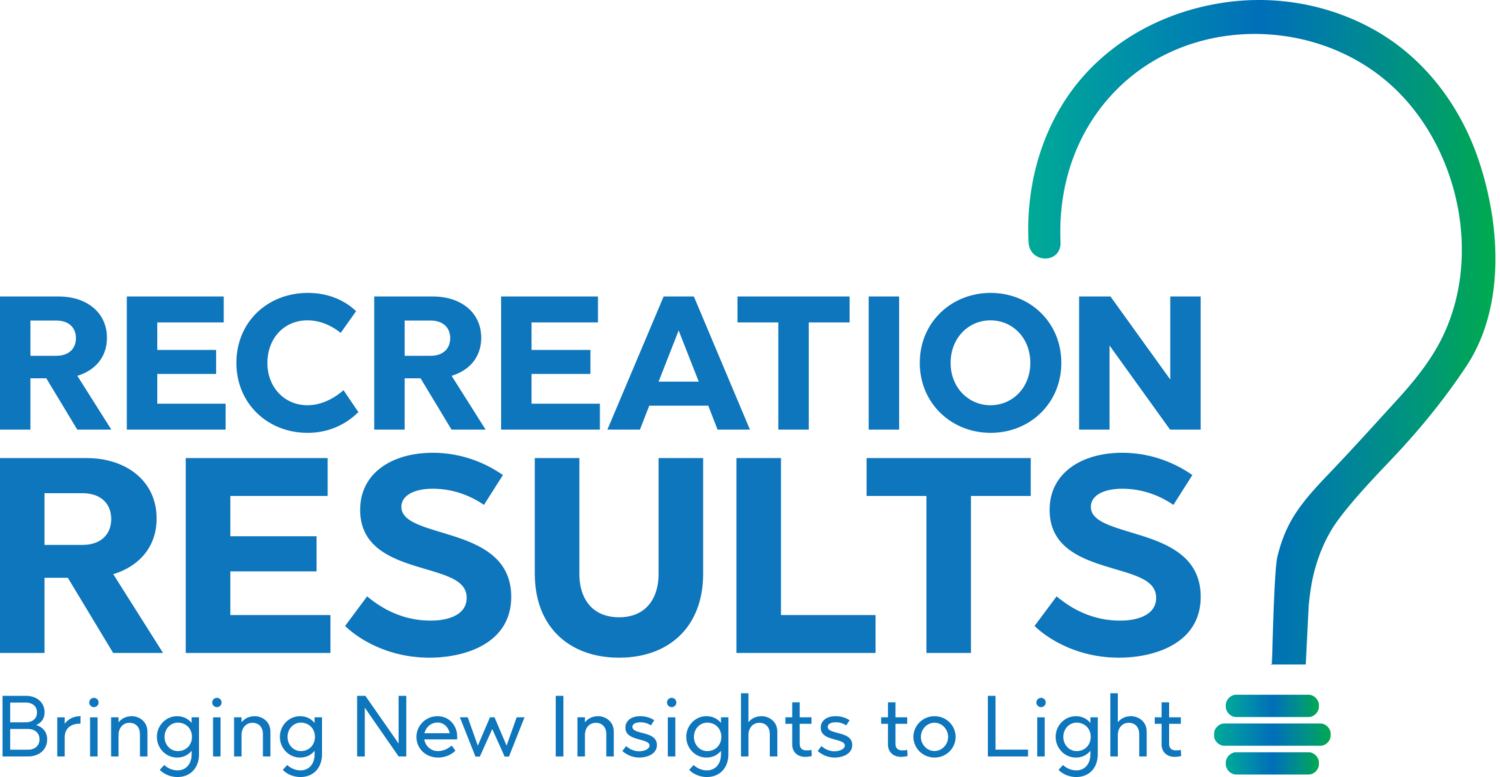Break for Innovation
/We're only days away from moving back into our renovated administration offices, and as much as I've enjoyed being temporarily relocated to one of our recreation centers, I don't think that my current takeover of the pool cashier's office will be very welcome come May. With our agency's additional efforts to spur innovation underway, I was tasked with turning our small conference room into a space to help support that goal. Do a web search for "innovation spaces" and you'll find some beautiful rooms, none of which will fit within the size of our room or the size of our budget.
An alternate approach was to decorate the space to inspire innovation, and while I'm all about a good quote on a wall, I don't think that just trying to inspire innovation and hope that it happens is enough. A lot of people struggle with how to turn these abstract concepts like innovation, creativity, etc. into reality, but it really doesn't have to be that complicated. It really comes down to the fact that if you want innovation (concept), you need to give people the space and resources to innovate (verb). You can't have outcomes without action. So what tools help people innovate?
- Time. People always think about those lengthy brainstorming sessions when innovation is brought up. And if done correctly (I would argue that most managers are severely lacking in group facilitation skills), they can actually be productive, but people also need the flexibility to step away from their day-to-day tasks for 5-10 minutes to recharge. And most importantly, they need the time to follow-up and actually put any good ideas in action.
- Space. Areas for collaboration can help team innovate. They should be flexible to fit different group activities and should be stocked with tools to spur, capture, and narrow down good ideas. Also helpful is just a change of scenery - working in a new space or even taking a quick walk can work. Why do we always get our best ideas in the shower or while driving to work? It's because we have the time and space to let our mind wander a bit.
- Support. Ultimately, if organizational leadership doesn't actively and consistently encourage employees to take advantage of time and spaces for innovating, it won't happen.
My attempt to help create a distraction-free zone when needed.
How did we decide to roll this out? Well, like the renovations to our facility, it's still a little in progress, but we've settled on a few things.
- We're using magnetic paint and white board paint to turn an entire wall of the conference room into a giant magnetic white board.
- We're stocking the room with a supply of dry erase markers, post-it notes, and other brainstorming tools so that its ready whenever inspiration strikes.
- We've mounted a TV on the wall and are incorporating technology that will allow anyone with a laptop, iPhone, or iPad to mirror their screen for everyone to see.
- We've bought some wall-mounted flip up tables to install in the building where gathering spots seem to naturally occur. Come up with a good idea while chatting with a co-worker and flip the table up to take a few extra minutes to start fleshing it out.
One of the things that I'm a little excited about though are the "innovation stations" that I've come up with. I wanted to provide tools to help staff take some breaks from work to recharge and get refocused. Unfortunately, our conference room is too small to store many additional supplies, and I wasn't entirely confident that if someone needed a break, a conference room would be the first place that they would head. Instead, I'm putting them out in key spots throughout the building, so that they're readily available when and where they're needed. And they're packaged easily enough so that someone can grab them to bring them into a meeting whenever needed. From initial reactions and my own internal testing (admittedly one of the more fun projects I've been tasked with), the Spirograph will be the biggest hit.
Giving staff the tools to recharge throughout the day and spur creativity at meetings.
Why are these "toys" important? Well, besides the fact that I work for a park & recreation agency which understands the value of play, there are actually scientific reasons why taking a 5 minute break is good for business. These breaks don't distract us, they actually help us refocus, help us retain information, and help us make sure that we're working towards the right things in the right way.
Okay, I will admit that while I'm pretty excited about all of this (partially because I'm also getting a white board wall in my office for my own projects), nothing we're doing is anything groundbreaking. It might be considered a little creative for local government, but that's about it. So why do I think it will actually make a difference? Because we're got the most important of the big three needed for innovation - support from leadership and my own dogged persistence to keep the momentum going.
Has your organization done anything to incorporate employee innovation into the design of your work spaces? (And has it done any good?) What's your favorite way to "break for innovation?"



















